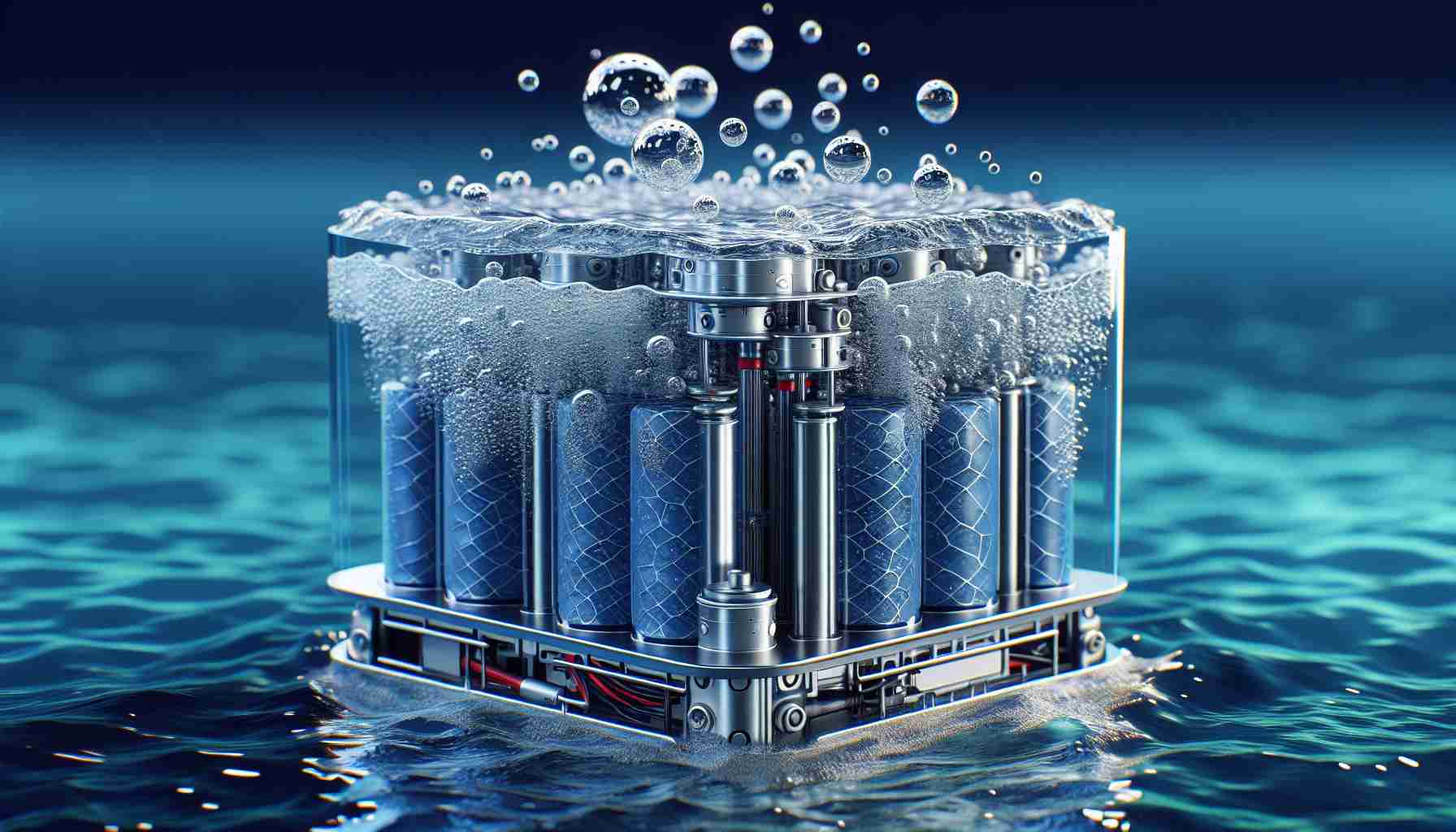
The Future of Sustainable Energy
Cutting-edge research reveals groundbreaking advances in green hydrogen production! A novel battery design harnesses the sun’s energy to split water, generating hydrogen fuel without harmful environmental impacts.
The innovative battery, described in a recent study published in Frontiers in Science, employs photocatalytic sheets that use sunlight for water splitting. This method aims to transform how we convert solar energy into chemical storage, presenting a significant improvement over traditional hydrogen production methods reliant on natural gas, which contribute to global warming.
Researchers highlight that a single photocatalyst is not sufficient for efficient hydrogen production. Instead, a multi-phased approach, utilizing specialized photocatalysts for different steps in the process, is essential for enhanced efficiency. The challenge remains that existing technology cannot function without sunlight, making it crucial to store energy for later use.
The researchers emphasize that overcoming material durability in the dual-step system is vital to making this technology viable for commercial use. If advancements can be achieved, the dream of green hydrogen as a mainstream energy source could soon become reality.
This development, alongside future aspirations for fusion reactors, heralds a transformative shift toward cleaner, sustainable energy solutions. As research progresses, the landscape of energy production could shift dramatically, heralding a new era in environmental responsibility.
Revolutionizing Energy: The Future of Sustainable Hydrogen Production
Introduction to Green Hydrogen
As the world intensifies its focus on sustainable energy, one of the most promising developments is in green hydrogen production. This innovative approach harnesses renewable sources of energy, primarily solar power, to create hydrogen fuel without deleterious effects on the environment.
How the New Photocatalytic Battery Works
A game-changing battery design has been developed that employs photocatalytic sheets to utilize sunlight for water splitting. This mechanism generates hydrogen fuel through a clean process that stands in stark contrast to traditional hydrogen production methods, which predominantly rely on fossil fuels like natural gas. By using sunlight, this method offers a path to significant reductions in greenhouse gas emissions.
Key Features and Innovations
– Dual-Step Process: The new technology uses a multi-phased approach with various specialized photocatalysts to enhance the efficiency of hydrogen production.
– Material Durability: Current studies highlight the need for sustained durability of materials used in the photocatalysts to ensure long-term viability and commercial scalability.
Advantages of Green Hydrogen
– Environmentally Friendly: Unlike conventional methods, green hydrogen production has a negligible carbon footprint.
– Energy Storage: It provides a promising solution for energy storage, allowing surplus solar energy to be converted into hydrogen, which can be stored and used later.
Limitations of Current Technologies
While the technological advancements are significant, several limitations remain:
– Dependence on Sunlight: The photocatalytic process is contingent on sunlight availability which impacts its efficiency.
– Storage Challenges: Efficient methods for storing hydrogen are still being developed to allow for viable long-term energy solutions.
Future Perspectives and Market Trends
The shift towards green hydrogen signifies a broader trend in the energy market, as cleaner alternatives gain momentum. As research continues, we may see:
– Increased Investment: Stakeholders are likely to amplify investments in green technologies and clean energy infrastructure.
– Policy Support: Governments around the world may increase support for sustainable projects, potentially establishing favorable regulations for renewable energy production.
Conclusion
The advancements in green hydrogen production symbolize a pivotal moment in the quest for sustainable energy solutions. With ongoing research and technological innovations, this approach could redefine energy systems, aligning them with environmental goals.
For further insights into sustainable energy solutions, visit Frontiers in Science for the latest studies and developments.



